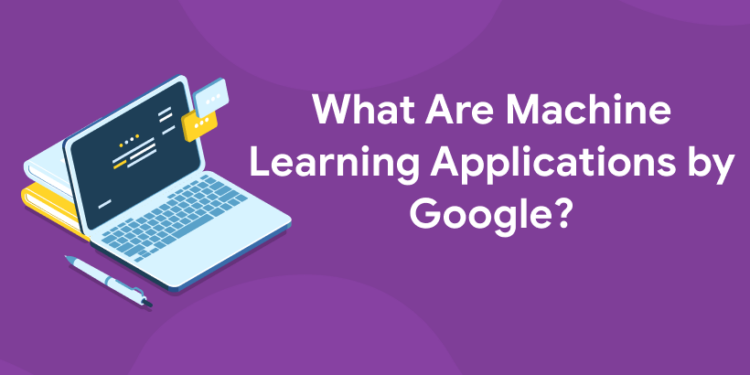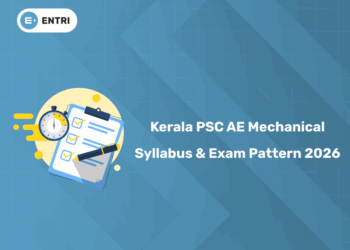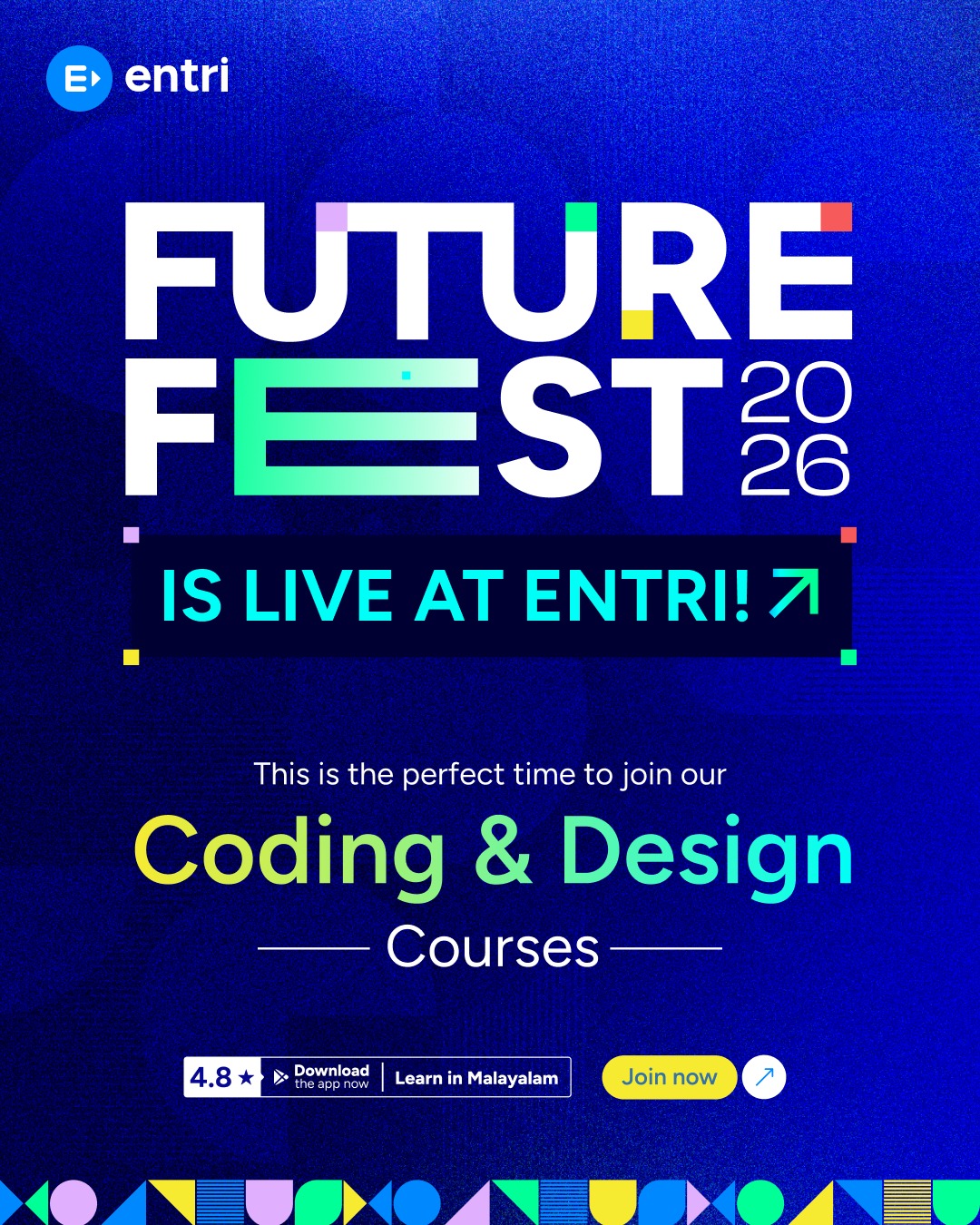Table of Contents
These days, everyone has an idea of what machine learning is and how they can apply it to their own business or their own life. But the true revolution in this technology isn’t the applications that we’re aware of; it’s the ones we aren’t yet aware of. In fact, there are many Google Machine Learning applications that we don’t know about! We’ll discuss Google Machine Learning applications you probably don’t know about and how they change the world of technology as we know it. Machine learning, and artificial intelligence technology, have been integrated into many aspects of our lives and work in ways that most of us never even realized. It’s everywhere—in Google search results, smart cars, video game characters—and it’s only going to get more prevalent in the future as machine learning becomes even more powerful and precise. In this article, we’ll take a look at ten machine learning applications developed by Google that are impacting our world in ways that you may not have even known about yet! Google has one of the largest computational machine learning teams in the world, and they’re constantly coming up with new ways to apply their impressive research findings to real-world problems. In fact, Google’s machine learning technologies are improving the lives of people all over the world by changing how doctors treat diseases, how we get around cities, and even how we shop online at stores like Amazon and eBay.
Get the latest updates on machine learning in the Entri app
1) Natural Language Processing
One of my favorite applications of machine learning is Natural Language Processing (NLP). Through NLP, computers are able to understand human language and communicate in a way that’s as fluid as our own. I love NLP because it makes data much more accessible and available to everyone. Instead of reading from dry tables and spreadsheets, you can ask questions about your data or look at trends visually, like in those gorgeous infographics. The explosion of visualizations has been one of my favorite changes from when I first started working with data to now. And who knows? Maybe someday you’ll be able to interact with that visualization in real-time like on The Holodeck on Star Trek! Although there’s still work to do before we get there, many people are using natural language processing today for practical purposes. A few examples include Google Translate – This tool translates text between languages, so if you’re traveling abroad or want to talk to someone overseas in their native tongue, it can help. It also helps translate speech into text so that software can read what someone says instead of just hearing them speak. They even have an app called Translate Voice which translates speech into text on your phone. Pretty cool!
To know more about machine learning in the Entri app
2) Cloud Speech API
1: Which of the following algorithms is most suitable for classification tasks?
If you’re an app developer, then you probably haven’t heard of Cloud Speech API. But if you want to provide voice-to-text functionality in your app or site, then you’re missing out on a powerful and useful service—one that has also just gotten better. Starting today, Cloud Speech API has become generally available to all developers for use at no charge. What does that mean? It means that anyone can now add speech recognition capabilities to their apps without having to manage servers or do any heavy lifting themselves. It’s a great tool for anyone who wants to build voice commands into their next mobile app. And it’s going to get even better as well: over time, Google will update its neural network models with more languages, dialects, and variants so that it can handle even more spoken languages around the world. It’s not just limited to English either: support is already there for Spanish (Spain), French (France), German (Germany), Japanese, Korean, Mandarin Chinese (China), Mandarin Chinese (Taiwan), and Portuguese (Brazil) and Russian. More are coming soon too.
Enroll in our latest machine learning course in Entri app
🚀 Start Coding Today! Enroll Now with Easy EMI Options. 💳✨
Equip yourself with in-demand skills to land top-tier roles in the data-driven world.
Start Learning Now with EMI Options3) Support Vector Machines (SVM)
SVM is a classifier based on statistical learning theory that finds a hyperplane in a high-dimensional space whose margin (or distance to closest training data point) is maximal. In other words, it can be used to find separating hyperplanes in feature spaces with many dimensions that are maximally dissimilar to each other. To find these best separating hyperplanes, SVM employs kernel functions. A kernel function is a similarity function which measures distance between objects based on some notion of similarity. For example, if you have two images and measure their difference using pixel values, you get a scalar value for every pair of pixels. If you use an appropriate kernel function on those two images, you can get back vectors instead of scalars; i.e., now your output has dimensionality equal to number of pixels in both images combined. This means that if your input has N dimensions and M features per dimension, then your output will have NM features! This is called kernel trick and its utility lies in reducing computational complexity by orders of magnitude while retaining all relevant information about underlying data distribution. The most popular choice of kernels for SVM is Radial Basis Function (RBF). Another popular choice is polynomial kernels like Polynomial Kernel Support Vector Machines or Polynomial Kernel Ridge Regression. The former uses degree 1 polynomials as kernels, whereas latter uses degree 2 polynomials as kernels. Although RBF kernel has been shown to perform better than polynomial kernels on certain datasets, polynomial kernels still hold good in most cases and thus remain popular choices among practitioners.
Start your coding preparation with Entri app
4) Google Cloud Vision API
Developers can use Vision API to understand the contents of an image by implementing a few lines of code in their application. The service supports face detection, optical character recognition, barcode detection and labeling, landmark recognition and detection, image tag prediction, and image similarity search. On top of all that, it’s completely free if developers pass on making more than 1 million requests per month. Aside from using Vision API as a developer tool, customers can also use it to build custom solutions with TensorFlow’s pre-trained models or transfer learning—the process of applying knowledge from one source domain to another. For example, a customer could take an existing model trained for detecting images of dogs and apply it to detect cats instead. This approach enables rapid prototyping and model development without having to go through training from scratch. If you’re looking to get started, check out our tutorial on how to use Cloud Vision with Node.js.
Get the latest updates on machine learning in the Entri app
5) Translation API
Think of translation software as a type of instant messaging that allows you to communicate seamlessly with people in other languages, no matter where they’re located. We’ve come a long way from having to learn every language or ask someone who speaks it fluently to translate messages for us (which can be costly and time-consuming). Google Translate offers 92 languages (at last count) and has gone from simple text translations to full human-sounding voices! It’s free, easy to use, and can work offline. What could be better? Be warned: The more you use it, though, the more likely you are able to convince yourself that its voice really is human—but only up until that point when it starts dropping F-bombs all over your sentence. Keep it classy, Google. That’s not machine learning; that’s just plain creepy. But then again, maybe we should expect nothing less from a company that tracks our online behavior so closely…and then tries to sell it back to us. Okay, I digress. Here are machine learning applications by Google you didn’t know were changing the world:
To know more about machine learning in the Entri app
🚀 Start Coding Today! Enroll Now with Easy EMI Options. 💳✨
Equip yourself with in-demand skills to land top-tier roles in the data-driven world.
Start Learning Now with EMI Options6) Knowledge Vault
When you think of machine learning, you probably think of self-driving cars, virtual assistants and other futuristic technologies. However, there are many practical applications for machine learning that may be closer to home than you realize. For example, Google uses knowledge vaults to make their search engines work faster and more accurately. Knowledge vaults make use of a number of tools from deep learning to rule induction in order to find answers quickly and accurately. This technology allows millions of people around the world access reliable information within seconds—just try it out on your own laptop! It seems as though every day we’re faced with an onslaught of new information; it’s easy to see how knowledge vaults could improve our daily lives exponentially by helping us deal with large quantities of information more efficiently. So what exactly is a knowledge vault? A knowledge vault is essentially just another name for artificial intelligence (AI). Instead of relying on AI alone, however, Google has found success using a blend of both AI and human expertise. The reason why these two approaches complement each other so well is because they operate at different levels: AI operates at an abstract level while humans operate at a detailed level. Combining these two forces together allows them to cover all bases when answering questions or providing recommendations. The first step in creating a knowledge vault is to gather data. Although computers can process data much faster than humans can, they aren’t very good at analyzing large amounts of unstructured data like documents or images.
Get the latest updates on machine learning in the Entri app
7) YouTube Text Detection
Have you ever wondered how YouTube is able to auto-play videos that match your search terms? It’s thanks to YouTube’s text detection machine learning model, which is able to look at a video and detect text onscreen. It also learned how to separate spoken words from background noise in order to facilitate voice search. It can even detect certain objects like stop signs and buildings in a video and tag them with keywords that make it easier for people searching through content. Before you dismiss text detection as a simple task, consider that there are over 5 million hours of video uploaded every single day—and if humans couldn’t do it manually, something automated would have to be invented. The good news is that we now have more accurate models than ever before! For example, when detecting human faces, GoogLeNet was able to achieve an accuracy rate of 97.3 percent compared to humans who only achieved 97.12 percent. That may not seem like much, but considering that computers were only able to recognize 50 percent of all images five years ago, these improvements are significant.
To know more about machine learning in Entri app
8) Optical Character Recognition (OCR)
OCR, or Optical Character Recognition, is a technology that automatically identifies printed words and converts them into digital text. In plain English, it means your files are scanned in (called scanning) and converted into editable and searchable documents. This has obvious benefits for research on historical texts. OCR is used in many sectors of industry, including: legal, human resources, IT management, finance and education. Since its inception in 1991 by Kurzweil Computer Products Inc., OCR has been one of machine learning’s biggest successes. The first commercial application was developed by Xerox in 1981, but they failed to make it commercially viable. It wasn’t until Kurzweil came along that OCR became something we all use today. It’s estimated that around 80% of Fortune 500 companies now use OCR. If you have ever done any kind of data entry, you have probably benefitted from optical character recognition. In addition to improving efficiency and accuracy when entering data, optical character recognition software can also be used as an automated proofreading tool – allowing users to identify spelling errors before saving their work. OCR software can also be used for document retrieval, making long-term storage more efficient – particularly useful for businesses who need access to their archived records at short notice. One such example is GEICO Insurance Company who discovered over 100GB worth of previously unretrievable information using an automated document retrieval system.
Get the latest updates on machine learning in the Entri app
9) Smart Reply
A Smart Reply is an automated reply to email that contains a short response to your correspondent’s message and lets you easily send it. As of March 2016, Gmail supports Smart Reply for 19 languages: Arabic, Danish, Dutch, English (Canada), English (UK), Finnish, French (France), German, Hindi, Italian, Japanese, Korean, Norwegian (Bokmål), Portuguese (Brazil), Russian and Spanish. With Google Cloud Translation API in Translate HTTP service to send an email in one language and receive a response in another language along with a translation of all emails from a source email into one or more target languages. To be able to use machine learning capabilities of smart reply feature your system should have enough data stored in google cloud storage. That means that if you want to translate an email from english to german, your system should store at least two different versions of each word in order to understand what word is used when and where. That requires storing a lot of data on your local machine which can take up space. In order to avoid having too much space taken up by storing all these translations we can use google cloud storage instead so that we can store our translation there and get it back when needed instead of having them stored locally on our computer. This will allow us to make sure we don’t run out of space on our local computer as well as make sure we are using machine learning capabilities when needed but not taking up unnecessary space on our computers when they aren’t needed. If you are interested to learn new coding skills, the Entri app will help you to acquire them very easily. Entri app is following a structural study plan so that the students can learn very easily. If you don’t have a coding background, it won’t be any problem. You can download the Entri app from the google play store and enroll in your favorite course.












